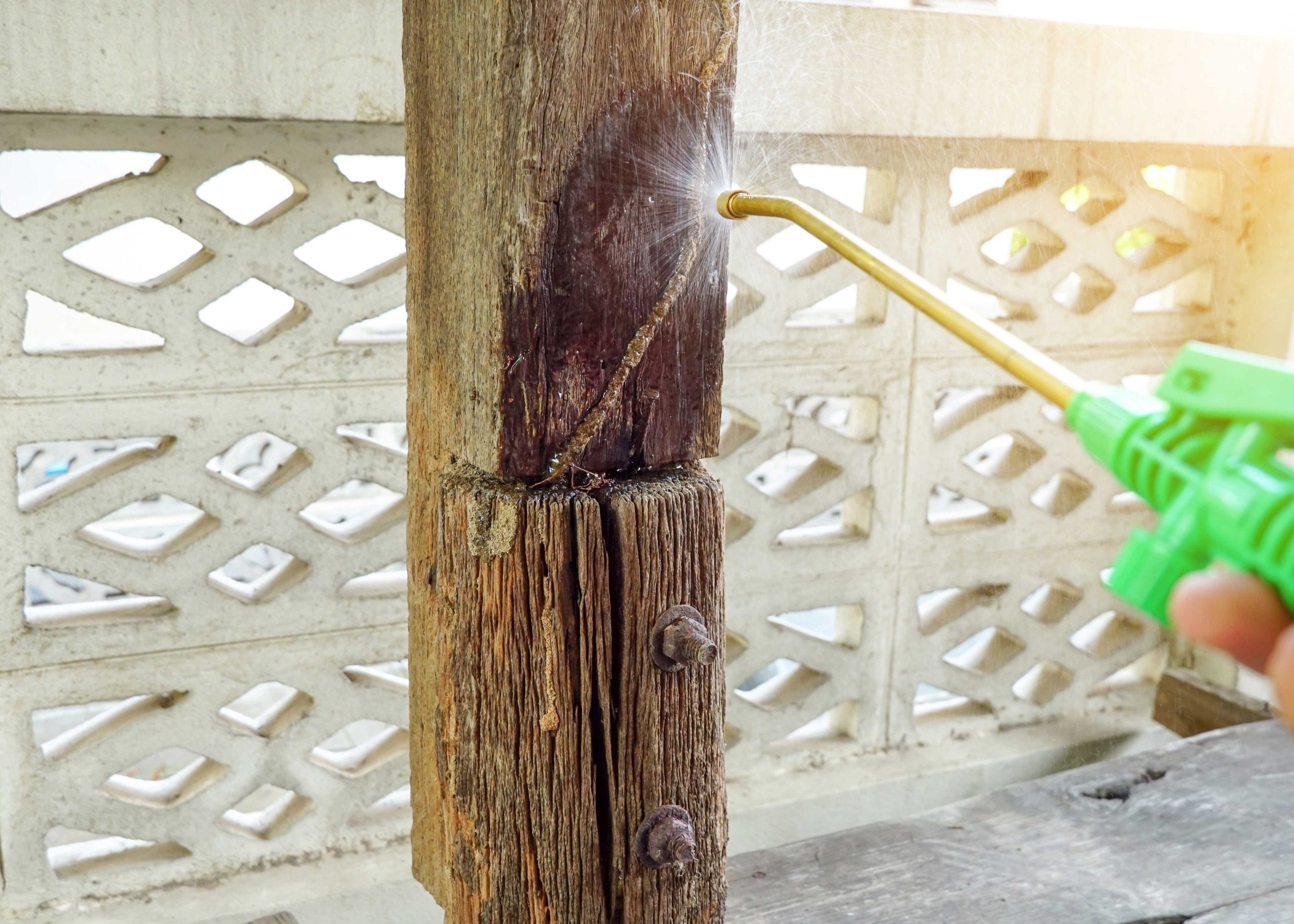Connecting you with a Dakota Dunes pro to get your fast, local termite removal estimate
1. Call our team or complete our local estimate form
Our termite removal network operates locally, which means that all calls and form completions are directly routed to experts in your area. You will only incur charges if you choose to proceed with one of our termite removal network professionals. Rest assured that your property will receive top-notch termite removal services from our trusted network of professionals.
2. Connect with a local Dakota Dunes termite removal expert
If you’re pressed for time, filling out our form is a convenient option to have one of our termite removal professionals get in touch with you at a later time. However, if you need to connect with a termite removal expert promptly, a phone call is the way to go. Our termite removal professionals are readily available to provide you with a estimate over the phone. In some cases, additional discovery may be necessary, and the termite expert may want to conduct some basic inspections before presenting an estimate.
Why you need Dakota Dunes's expert termite removal services
Why termite removal should be your top priority: protecting your home from termites
As a homeowner in Dakota Dunes, it’s crucial to seek professional termite removal services to safeguard your property and avoid costly damages down the line. Termites can wreak havoc on your home’s structural integrity and cause significant damage that may not be apparent until it’s too late. Regular termite inspection and removal by a professional can prevent such issues and ensure the safety of your home. Failure to do so could result in costly repairs and even potential safety hazards.
By partnering with a professional termite removal service in Dakota Dunes, you can identify potential problems early on and mitigate them before they escalate. In short, enlisting the help of a professional termite removal service is a necessary step for homeowners in Dakota Dunes who want to protect their homes and avoid costly damages.
